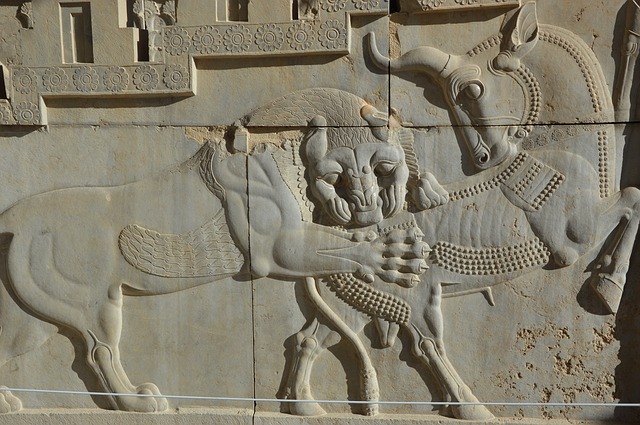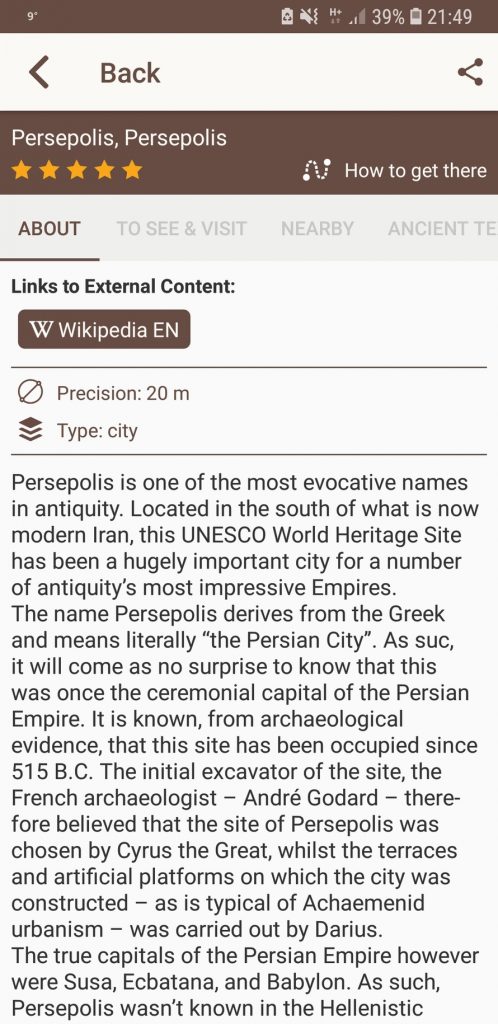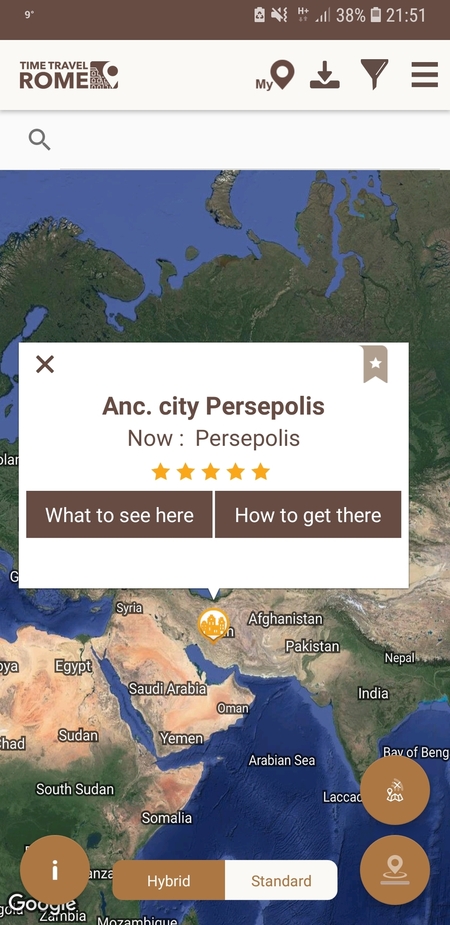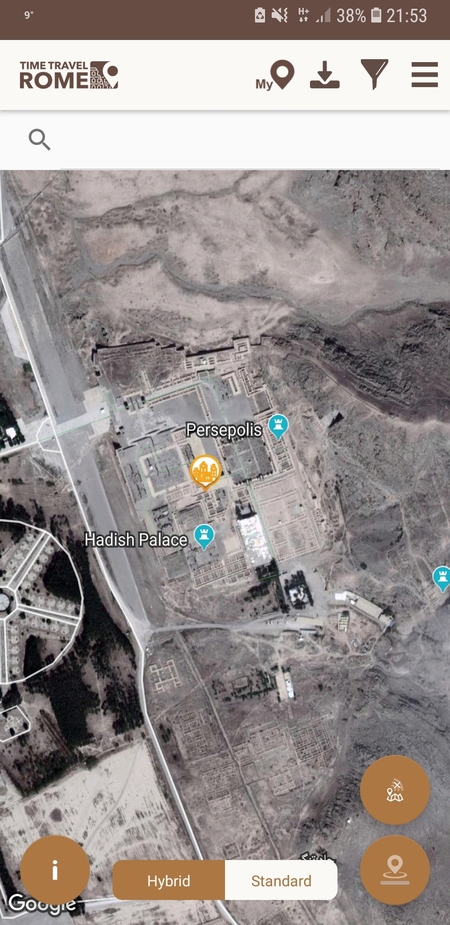According to legend, Cyrus the Great himself founded Persepolis around 515 B.C.. It became a ceremonial capital of the Persian Empire, though it remained unknown to the Greeks until Alexander the Great arrived in 330 B.C. and took devastating revenge on the city.
Encounter with the Greek Captives:
Having defeated the Persian King Darius III in two major battles and fought his way through a deadly ambush at the Persian Gates, Alexander marched inexorably deeper into Persian territory. He soon rode toward Persepolis ahead of the main body of his army, accompanied by his companion cavalry, his most trusted soldiers, generals and friends. As they approached the city, they saw a pitiful group of around 800 men staggering out to meet them. They were Greeks, taken prisoner in various wars and subjected, some for years, to torments by their Persian captors.
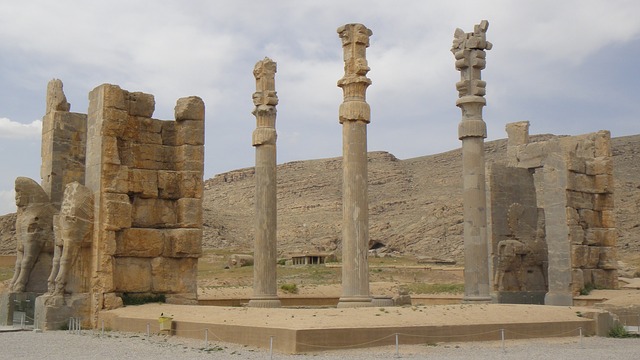
The ancient world was far from a gentle place. Alexander’s Macedonians had witnessed, and committed, their fair share of brutality. However,
the sad spectacle shocked even the toughest of them. The Persian captors had mutilated every one of the former prisoners. Some of the men were missing feet, and some hands, noses, or ears. Still others had been branded with Persian letters, beaten, tormented, and humiliated, all to amuse the tormentors. “They looked more like outlandish phantoms than men, with no recognizably human characteristic apart from their voices” and the Macedonians wept passionately for their plight.
The former captives cried out to Alexander gratefully, exclaiming that Jupiter, avenger of the Greeks, had sent him to deliver them. Wiping away his tears, Alexander encouraged them to take heart, and promised that they would see their homes and families again. Then he said: “‘I have had pack-animals reserved for your transportation and I have ordered a gift of 1,000 denarii to be given to each of you. When you return to Greece, I shall ensure that, this misfortune of yours apart, nobody can consider his condition in life superior to yours.’ “
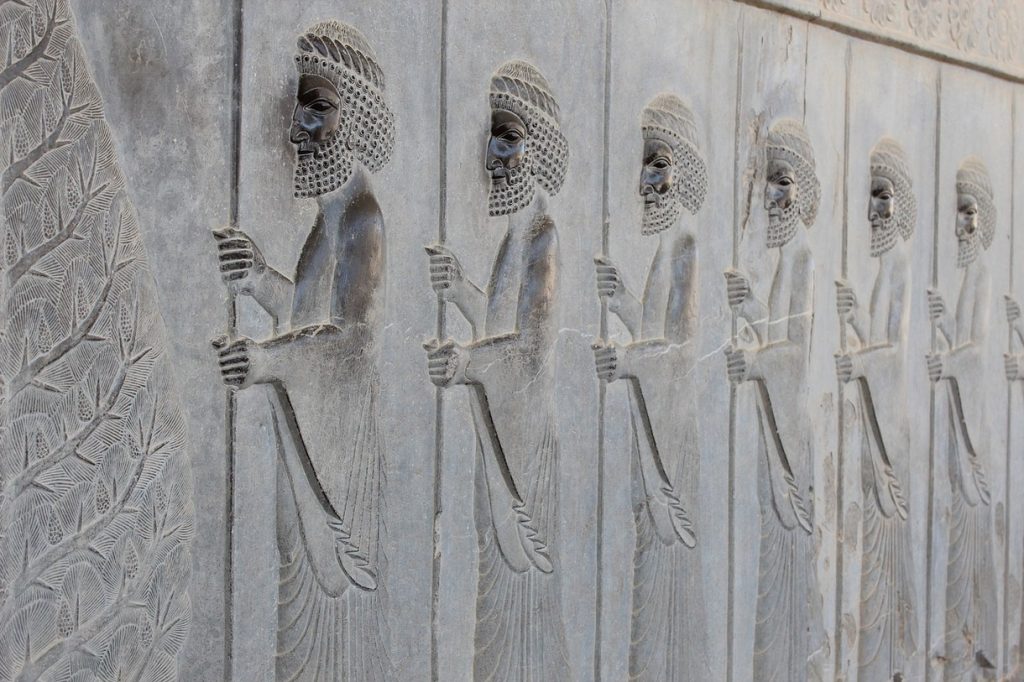
Alexander Enraged:
Despite this promise, they stared at the ground in silence, with tears welling up in their eyes, and Alexander gently asked what saddened them. After a moment, a spokesman answered that they didn’t want to return to Greece as monsters. They begged the king only to grant them a piece of land where they could spend the rest of their lives with one another. Deeply moved, Alexander gave them each 3,000 denarii in place of 1000. He also gave them gifts of clothes, cattle, sheep and corn seed to help them start their new lives.
The next day, now turning from compassion to fury, the generals met. Alexander growled that he hated no city more than Persepolis, which had produced the poor, mutilated captives. His friends agreed, and when the remainder of the army came up, they all stormed the undefended city. Alexander often granted mercy to cities that surrendered without bloodshed. This time, however, still burning with fury over the tortured Greeks, he allowed his soldiers to pillage wildly. They quickly responded to brutality with brutality, sacking the city, hacking apart precious artwork, smashing statues, and butchering any that they found. Eventually the king ordered that they at least leave any remaining women and children unharmed.
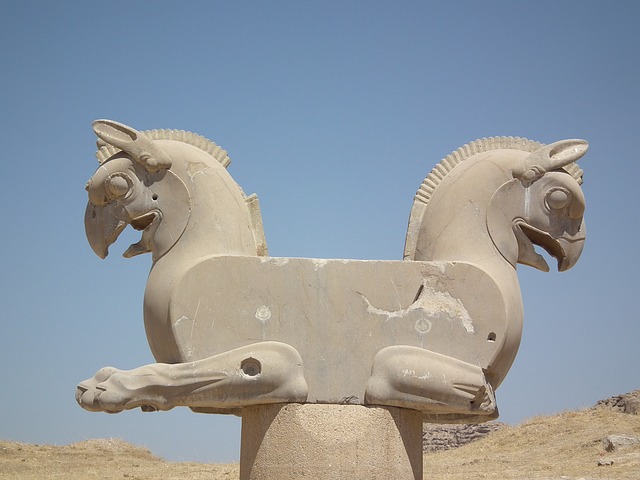
Fire in Persepolis:
Yet Alexander himself had worse in store for the city. That night, a fire started and burned through many of the old, ornate palaces of the kings of Persia. Ancient authors were uncertain exactly how, why, and who started the fire, and modern historians still debate the question today. Arrian claimed that the Macedonians set the fire rationally and deliberately. He believed they took their vengeance for the poor souls they had met along the road and exacted retribution for 480 B.C., when Persia burnt the city of Athens. However, Diodorus, Curtius, and Plutarch all relate that a courtesan of Ptolemy’s named Thais instigated the arson. She made a speech during the Macedonians’ feasting and revels that night in which she exhorted them to avenge Athens. Wildly drunk, they eagerly paraded out and started the fire, which engulfed the cultural heart of the Persian Empire.
Some of these historians also cite that Alexander regretted these actions. Yet whether drunkenly accidental or soberly deliberate, whether celebrated or lamented, the city still burned. Archaeologists today have found evidence of the fire. Ironically, such a careless act of destruction may have served to preserve a piece of Persian history. The fire compromised the structural integrity of the wall housing the Persepolis Administrative Archives. It collapsed, burying the tablets beneath it. Without this, they would likely have been destroyed by questing humans or simply by the elements over thousands of years. Instead, they were preserved and eventually recovered for study.
Sources: Diodorus, Library of History; Plutarch, Life of Alexander; Arrian, Anabasis; Curtius, The History of Alexander
This article was written for Time Travel Rome by Marian Vermeulen.
Photo: Persepolis sculpture by Peggychoucair is licensed under CC03
What to see there ?
As one would expect of a UNESCO World Heritage Site, there are extensive and magnificent remains of ancient Persepolis. The structures that still exist there are some of the most evocative and beautiful to have survived from antiquity.
Visitors are able to see the remains of the Apanada, the greatest palace at Persepolis, built by Darius I in around 518B.C. The thirteen still-standing columns make for an incredible display of the previous splendor of this site, whilst there are also extensive decorative reliefs on display.
The Gate of All Nations, and well reserved. One can also incredibly well preserved. One can also see the former Throne Room, as well as a number of royal tombs, including that of Artaxerxes II.
Such is the fame and exceptional splendour of Persepolis that remains are on display in museums around the world, including in Tegeran, at the Fitzwilliam in Cambridge (UK), and at the Louvre in Paris.
To find out more: Timetravelrome
